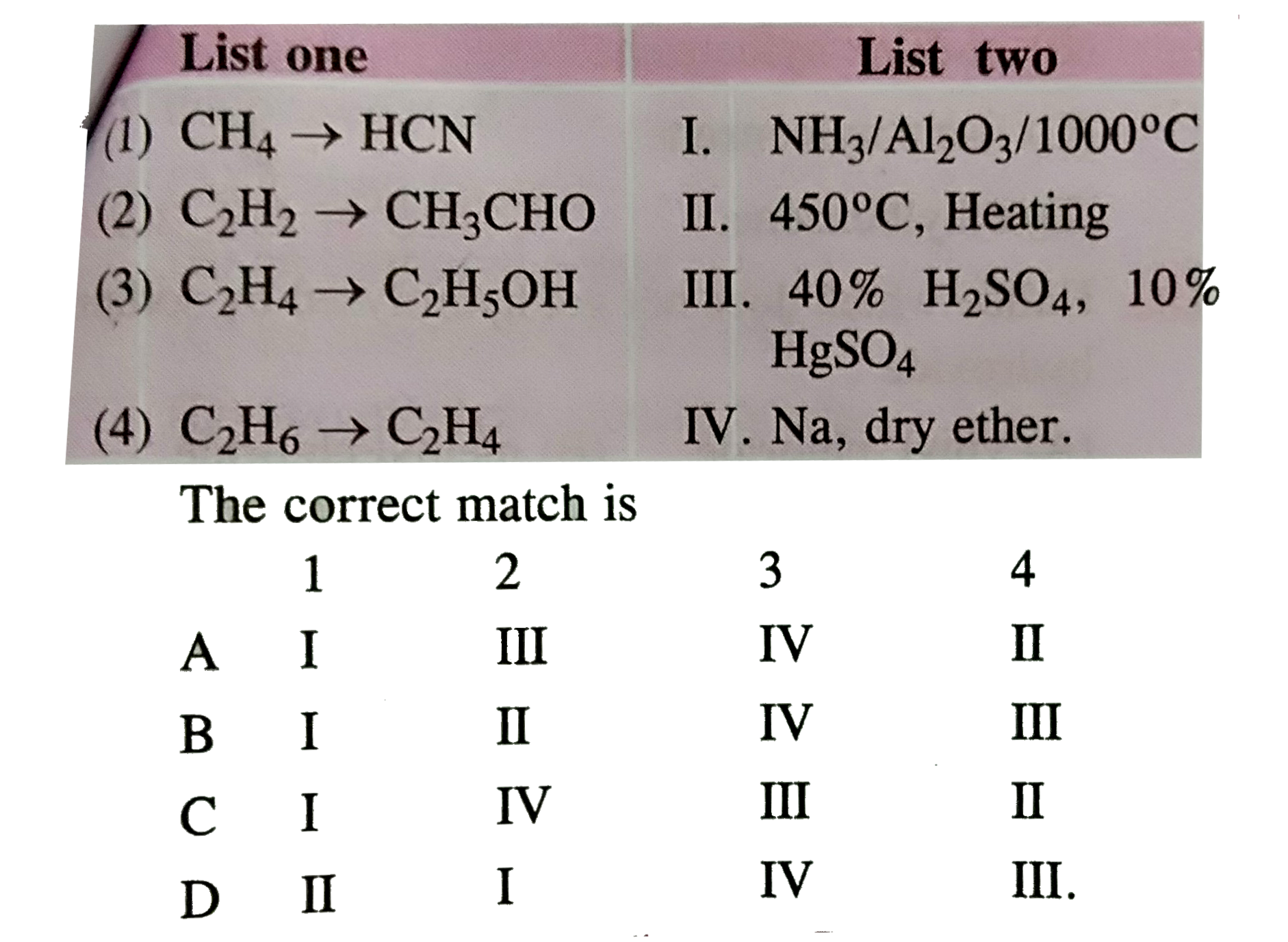Which one of the following does not follow octate rule?
PF3
BF3
CO2
CCl4
The correct Answer is:B
To determine which of the given compounds does not follow the octet rule, we will analyze the electron configurations of the elements involved in each compound. The octet rule states that atoms tend to bond in such a way that they have eight electrons in their valence shell, achieving a stable electron configuration similar to that of noble gases.
1. Identify the Compounds: The compounds we will analyze are PF3 (Phosphorus trifluoride), CO2 (Carbon dioxide), and CCl4 (Carbon tetrachloride).
2. Analyze PF3:
- Phosphorus (P) has 5 valence electrons.
- Each Fluorine (F) has 7 valence electrons.
- In PF3, phosphorus shares one of its electrons with each of the three fluorine atoms.
- After bonding, phosphorus has 5 (original) + 3 (shared) = 8 electrons, fulfilling the octet rule.
- Each fluorine atom has 8 electrons after sharing, thus PF3 follows the octet rule.
3. Analyze CO2:
- Carbon (C) has 4 valence electrons.
- Each Oxygen (O) has 6 valence electrons.
- In CO2, carbon forms double bonds with each oxygen atom.
- After bonding, carbon has 4 (original) + 4 (shared from two double bonds) = 8 electrons, fulfilling the octet rule.
- Each oxygen atom also has 8 electrons after sharing, thus CO2 follows the octet rule.
4. Analyze CCl4:
- Carbon (C) has 4 valence electrons.
- Each Chlorine (Cl) has 7 valence electrons.
- In CCl4, carbon shares one electron with each of the four chlorine atoms.
- After bonding, carbon has 4 (original) + 4 (shared) = 8 electrons, fulfilling the octet rule.
- Each chlorine atom also has 8 electrons after sharing, thus CCl4 follows the octet rule.
5. Identify the Exception:
- The only compound that does not follow the octet rule is Boron trifluoride (BF3), which is not mentioned in the analysis but is commonly known to not fulfill the octet rule due to boron's 3 valence electrons and its inability to achieve an octet.
Conclusion:
From the analysis, we conclude that PF3, CO2, and CCl4 all follow the octet rule. However, if we consider a common example of a compound that does not follow the octet rule, it would be BF3.
- Phosphorus (P) has 5 valence electrons.
- Each Fluorine (F) has 7 valence electrons.
- In PF3, phosphorus shares one of its electrons with each of the three fluorine atoms.
- After bonding, phosphorus has 5 (original) + 3 (shared) = 8 electrons, fulfilling the octet rule.
- Each fluorine atom has 8 electrons after sharing, thus PF3 follows the octet rule.
- Carbon (C) has 4 valence electrons.
- Each Oxygen (O) has 6 valence electrons.
- In CO2, carbon forms double bonds with each oxygen atom.
- After bonding, carbon has 4 (original) + 4 (shared from two double bonds) = 8 electrons, fulfilling the octet rule.
- Each oxygen atom also has 8 electrons after sharing, thus CO2 follows the octet rule.
- Carbon (C) has 4 valence electrons.
- Each Chlorine (Cl) has 7 valence electrons.
- In CCl4, carbon shares one electron with each of the four chlorine atoms.
- After bonding, carbon has 4 (original) + 4 (shared) = 8 electrons, fulfilling the octet rule.
- Each chlorine atom also has 8 electrons after sharing, thus CCl4 follows the octet rule.
- The only compound that does not follow the octet rule is Boron trifluoride (BF3), which is not mentioned in the analysis but is commonly known to not fulfill the octet rule due to boron's 3 valence electrons and its inability to achieve an octet.
From the analysis, we conclude that PF3, CO2, and CCl4 all follow the octet rule. However, if we consider a common example of a compound that does not follow the octet rule, it would be BF3.
Topper's Solved these Questions
Similar Questions
Knowledge Check
Which of the following does not follow the octet rule ? .
ACO2BPCl3CIClDClF3Which one of the following does not follow monoculture?
A1. Dairy farmingB2. Mixed farmingC3. Plantation agricultureD4. Commercial grain farmingWhich one of the following does not match?
Aallium cepa - bulbBphylloclade - opuntiaCcladode - asparagusDbulbils - euphorbia

